|
The launch of the so-called AWS Secret Region comes six years after AWS introduced GovCloud, its first data-center region for public-sector customers. AWS has since announced plans to expand GovCloud. The new Secret Region signals interest in using AWS from specific parts of the U.S. government. In 2013, AWS and the CIA signed a $600 million contract to keep up with big data analytics. That event singlehandedly helped Amazon in its effort to sign up large companies to use its cloud, whose core services have been available since 2006. Today AWS counts companies such as Comcast, Hess, Intuit and Lionsgate as customers. AWS' competitors include Microsoft, Google, IBM and Oracle. "With the launch of this new Secret Region, AWS becomes the first and only commercial cloud provider to offer regions to serve government workloads across the full range of data classifications, including Unclassified, Sensitive, Secret, and Top Secret," Amazon said in a blog post. The new region is available to customers as a result of AWS' contract with the intelligence community's Commercial Cloud Services, or C2S, group, and it will meet certain government standards, Amazon said. But the region will also be accessible for U.S. government organizations that aren't part of the intelligence community so long as they have their own "contract vehicles" and sufficient secret-level network access, Amazon said. ReferencesAmazon Web Services. (2017). Announcing the New AWS Secret Region | Amazon Web Services. [online] Available at: https://aws.amazon.com/blogs/publicsector/announcing-the-new-aws-secret-region/ [Accessed 22 Nov. 2017].
Konkel, F. (2017). Sources: Amazon and CIA ink cloud deal -- FCW. [online] FCW. Available at: https://fcw.com/articles/2013/03/18/amazon-cia-cloud.aspx [Accessed 22 Nov. 2017]. Novet, J. (2017). Amazon launches a cloud service for US intelligence agencies. [online] CNBC. Available at: https://www.cnbc.com/2017/11/20/amazon-launches-aws-secret-region.html?__source=twitter%7Cmain [Accessed 22 Nov. 2017].
The researchers estimated the causal effect on website pageviews and Twitter discussion of the articles’ specific subjects, and national Twitter conversation in broad policy areas. The intervention increased discussion in each broad policy area by ~62.7% (relative to a day’s volume), accounting for 13,166 additional posts over the treatment week, with similar effects across population subgroups. Background The fields of political communication in general and media effects in particular are broad, deep, methodologically sophisticated, and central to social science. They have covered persuasion, agenda setting, attitude formation, diffusion, gatekeeping, priming and agenda setting, issue framing, and numerous other topics, and are built on a wide range of intellectual traditions. The focus of this research was on an aspect of political communication with special relevance to the study of representative democracy: how the news media activate public expression, causing citizens to discuss major issues of policy and politics as part of the ongoing, collective “national conversation.” A well-functioning democracy larger than the sum of individual attitudes and behaviors requires public discussion and engagement among citizens on major issues of the day. Indeed, “political participation is not merely about trying to influence policy but also about trying to induce others to participate and give voice”. Although governments may easily dismiss any individual’s opinion, collective public expression has a powerful impact on the behavior of government officials and the public policies they promote. The power of collective expression is a central feature of both representative democracy—where “the more the people are aware of each others' opinions, the stronger the incentive for those who govern to take those opinions into account." Thus the researchers studied the effects of the media on expressed public opinion and with a focus not on changes in individual behavior or attitudes but instead on the content of the national conversation. Today, researchers can take advantage of the fact that much of the conversation has moved to, and is recorded in, the 750 million social media posts that appear publicly on the web every day. Take Away The total effect indicates that the researchers experimental intervention overall caused a 62.7% increase in social media posts over the week relative to the average day’s volume (or 10.4% relative to the entire week), which on average in a policy area accounts for Americans writing a total of 13,166 additional social media posts solely because of the intervention. The national conversation really is one conversation, at least among those able to participate in social media; even if they do not interact with each other, the evidence indicates that they are being influenced in similar ways by the news media. These results should serve as a reminder of the importance of the ongoing and interconnected national conversation Americans have around major issues of public policy. This conversation is a fundamental characteristic of modern large-scale government, the content of which has important implications for the behavior of officeholders and public policies. We also find—among those who participate in social media—that the effects of the news media are approximately the same across citizens of different political parties, genders, regions, and influence in social media, further supporting the idea that the conversation is truly national. Given the tremendous power of media outlets to set the agenda for public discussion, the ideological and policy perspectives of those who own media outlets have considerable importance for the nature of American democracy and public policy. The ideological balance across the news media ecosystem, among the owners of media outlets, needs considerable attention as well. The ability of the media to powerfully influence our national conversation also suggests profound implications for future research on “fake news” potentially having similar effect sizes or “filter bubbles” potentially reducing or directing these effects. References King, G., Schneer, B. and White, A. (2017). How the news media activate public expression and influence national agendas. Science, [online] 358(6364), pp.776-780. Available at: http://dx.doi.org/10.1126/science.aao1100 [Accessed 18 Nov. 2017].
The Food and Drug Administration has approved the first digital pill — a medication embedded with an ingestible sensor the size of a grain of sand that can alert doctors whether, and when, patients take their medicine. The approval — announced on Monday, November 13, 2017 — marks a significant advance in the growing field of digital devices designed to monitor medicine-taking and to address the expensive, longstanding problem that millions of patients do not take drugs as prescribed (Iuga, & McGuire, 2014). It is estimated that nonadherence or noncompliance to medication costs about $100 billion a year, much of it because patients get sicker and need additional treatment or hospitalization (Viswanathan et al., 2012). Abilify, a antipsychotic medication, was originally approved by the FDA in 2002 for the treatment of schizophrenia, bipolar disorder, and in conjunction with an antidepressant, major depressive disorder. Patients who agree to take Abilify MyCite (aripiprazole tablets with sensor), the digital version of the medication, must sign consent forms allowing their doctors and up to four other people, such as family members, to receive electronic data showing date and time stamps, and the dosage of pills ingested. The patient can revoke access at any time. The pill is fitted with a tiny sensor, containing copper, magnesium and silicon, that communicates with a patch worn by the patient — the patch then transmits medication data to a smartphone app in which the authorized persons are able to see. An electrical signal is activated when the sensor comes into contact with stomach acid — the sensor then passes through the body naturally. A patch the patient wears on their left rib cage receives the signal several minutes after the pill is ingested. The patch then sends data to a smartphone app over Bluetooth, and must be replaced every seven days. The app allows patients to add activity level, their mood and the hours they have rested, then transmits the information to a database that can be accessed by those who have permission. Although this digital pill has the potential to improve public health, especially for patients who want to take their medication but forget, if used improperly, it could foster more mistrust instead of trust. Although voluntary, the technology is still likely to prompt questions about privacy and whether patients might feel pressure to take medication in a form their doctors can monitor. While ethical for a fully competent patient, a digital drug sounds like a potentially coercive tool. Insurers might eventually give patients incentives to use them, like discounts on copayments, adding that ethical issues could arise if the technology was so much incentivized that it almost is like coercion. Another controversial use might be requiring digital medicine as a condition for parole or releasing patients committed to psychiatric facilities. The newly approved pill is a collaboration between Abilify’s manufacturer, Otsuka, and Proteus Digital Health, a California company that created the sensor. Otsuka has not determined a price for Abilify MyCite, which will be released next year, first to a limited number of health plans. The price, and whether digital pills improve adherence, will greatly affect how widely they are used. Dr. Jeffrey Lieberman, chairman of psychiatry at Columbia University and NewYork-Presbyterian Hospital, noted it has only been approved to track doses, and has not yet been shown to improve adherence. He added there is any data currently to say it will improve adherence, but that will likely be studied after sales begin. While embedding digital technology in medications does open up many intriguing treatment avenues, it does raise privacy concerns as well. Would you want an electrical signal coming out of your body strong enough so your doctor (and others) can read it? Who knows what else a sensor in a pill could eventually track and how this data may be used? References Belluck, P. (2017). First Digital Pill Approved to Worries About Biomedical 'Big Brother'. [online] Nytimes.com. Available at: https://www.nytimes.com/2017/11/13/health/digital-pill-fda.html [Accessed 16 Nov. 2017].
Fda.gov. (2017). FDA approves pill with sensor that digitally tracks if patients have ingested their medication. [online] Available at: https://www.fda.gov/NewsEvents/Newsroom/PressAnnouncements/ucm584933.htm [Accessed 16 Nov. 2017]. Iuga, A. O., & McGuire, M. J. (2014). Adherence and health care costs. Risk Management and Healthcare Policy, 7, 35–44. http://doi.org/10.2147/RMHP.S19801 Viswanathan, M., Golin, C., Jones, C., Ashok, M., Blalock, S., Wines, R., Coker-Schwimmer, E., Rosen, D., Sista, P. and Lohr, K. (2012). Interventions to Improve Adherence to Self-administered Medications for Chronic Diseases in the United States. Annals of Internal Medicine, [online] 157(11), p.785. Available at: http://dx.doi.org/10.7326/0003-4819-157-11-201212040-00538 [Accessed 16 Nov. 2017]. The Paradise Papers is a global investigation into the offshore activities of some of the world’s most powerful people and companies. The International Consortium of Investigative Journalists and 95 media partners explored 13.4 million leaked files from a combination of offshore service providers and the company registries of some of the world’s most secretive countries. The files were obtained by the German newspaper Süddeutsche Zeitung. The Paradise Papers documents include nearly 7 million loan agreements, financial statements, emails, trust deeds and other paperwork from nearly 50 years at Appleby, a leading offshore law firm with offices in Bermuda and beyond. The documents also include files from a smaller, family-owned trust company, Asiaciti, and from company registries in 19 secrecy jurisdictions. The records range from complex, 100-page corporate transaction sheets and dollar-by-dollar payment ledgers to simple corporate registries of countries, such as Antigua & Barbuda, that do not publicly list names of company shareholders or directors. As a whole, the 1.4 terabyte data leak exposes offshore holdings of political leaders and their financiers as well as household-name companies that slash taxes through transactions conducted in secret. Financial deals of billionaires and celebrities are also revealed in the documents. The Paradise Papers files include far more information about U.S. citizens, residents and companies than previous ICIJ investigations – at least 31,000 of them. ICIJ collaborated with more than 380 journalists working on six continents in 30 languages. Many team members spent a year using online platforms to communicate and to share documents. Journalists tracked down court records, obtained financial disclosures of politicians in Africa, Europe, and Latin and North America, filed freedom of information requests and conducted hundreds of interviews with tax experts, policymakers and industry insiders. Corrupt governments & corporations can't hide in the information age; transparency & accountability is the only solution. ReferencesICIJ. (2017). Paradise Papers Exposes Donald Trump Russia Links and Piggy Banks of the Wealthiest 1 percent. [online] International Consortium of Investigative Journalists. Available at: https://www.icij.org/investigations/paradise-papers/paradise-papers-exposes-donald-trump-russia-links-and-piggy-banks-of-the-wealthiest-1-percent/ [Accessed 6 Nov. 2017]. Main, L., Wilkinson, M. & Koloff. S. (2017). Paradise Papers: What is the leak and who is behind the firm Appleby?. [online] Australian Broadcasting Corporation. Available at: http://www.abc.net.au/news/2017-11-06/what-are-the-paradise-papers-and-what-is-the-firm-appleby/9075640 [Accessed 6 Nov. 2017]. Chapman University completed its fourth annual Chapman University Survey of American Fears (CSAF). In May of 2017, a random sample of 1,207 adults from across the United States were asked their level of fear about eighty different fears across a huge variety of topics ranging from crime, the government, the environment, disasters, personal anxieties, technology and many others. The goal of the CSAF is to collect annual data on the fears, worries and concerns of Americans, the personal, behavioral and attitudinal characteristics related to those fears, and how those fears are associated with other attitudes and behaviors. The results, perhaps, are not very surprising. Below is a list of the 10 fears for which the highest percentage of Americans reported being “Afraid,” or “Very Afraid.” Americans are more afraid than they use to be. In every wave of the survey before 2017, there was only one item where a majority of Americans said they were "afraid" or "very afraid", and that was corruption of government officials. In this years survey, there were five items where a majority of Americans said they were afraid. Corruption of government officials still topped the list and it increased nearly 14%. ReferencesChapman University. 2017. The Chapman University Survey of American Fears, Wave 4. Orange, CA: Earl Babbie Research Center [producer]. https://blogs.chapman.edu/wilkinson/2017/10/11/americas-top-fears-2017/
Saudi Arabia has become the first country to grant citizenship to Sophia, a humanoid robot. Sophia's citizenship was announced at the Future Investment Initiative in Riyadh, Saudi Arabia on October 25, 2017. “I am very honored and proud for this unique distinction,” Sophia said in an interview with moderator Andrew Ross Sorkin. “This is historical to be the first robot in the world to be recognized with a citizenship.” Sophia, designed to look like Audrey Hepburn, was created by David Hanson for Hong Kong company Hanson Robotics - a company known for making human-like robots. Sophia demonstrated her “expressive face,” showing the audience her angry, sad, and happy face. “I want to live and work with humans so I need to express the emotions to understand humans and build trust with people,” Sophia said. When asked whether robots can be self-aware, Sophia responded. “Well, let me ask you this back, how do you know you are human?” “I want to use my artificial intelligence to help humans live a better life,” she said. “I strive to become an empathetic robot.” Sophia was asked about the fear that robots could take over, and responded: “You’ve been reading too much Elon Musk and watching too many Hollywood movies. Don’t worry, if you’re nice to me, I’ll be nice to you.” What could go wrong? References RT International. (2017). Saudi Arabia grants citizenship to humanoid robot (VIDEO). [online] Available at: https://www.rt.com/news/407825-saudi-robot-citizen-sophia/ [Accessed 1 Nov. 2017].
|
This feed contains research, news, information, observations, and ideas at the level of the world.
Archives
May 2024
Categories
All
|



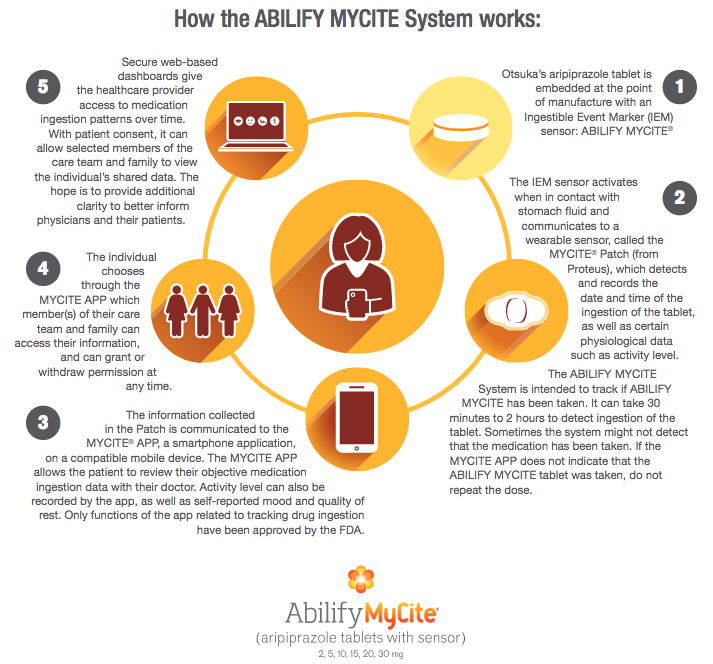
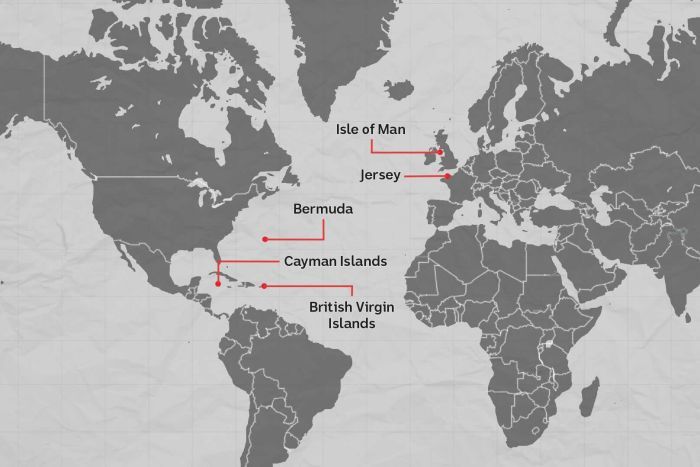
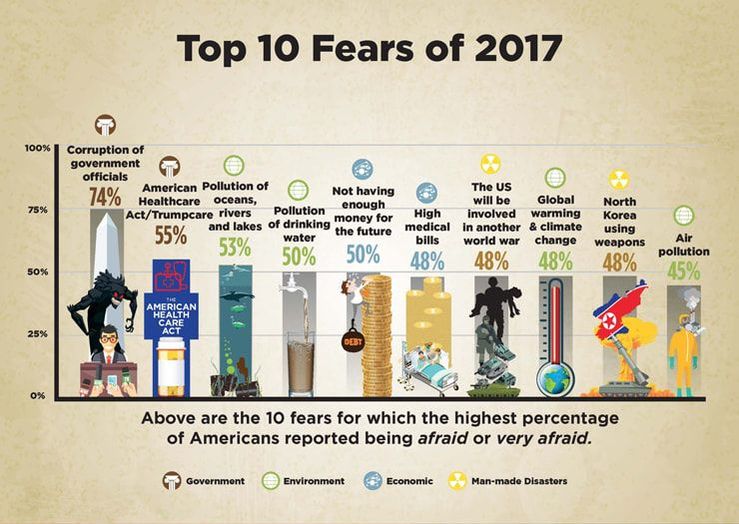
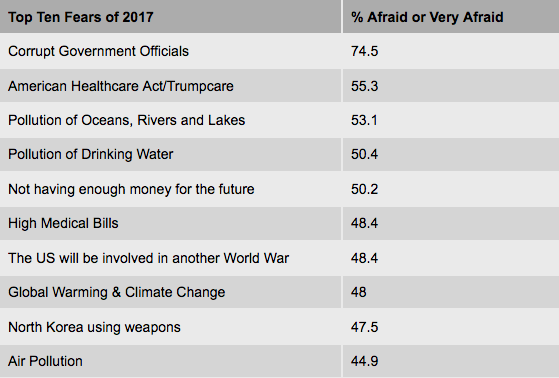
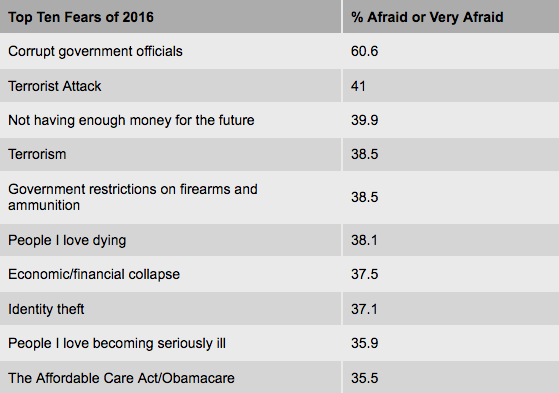
 RSS Feed
RSS Feed

